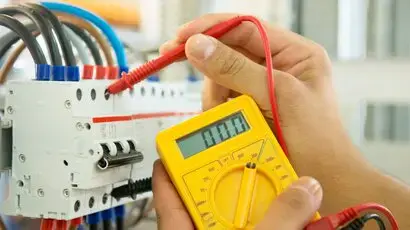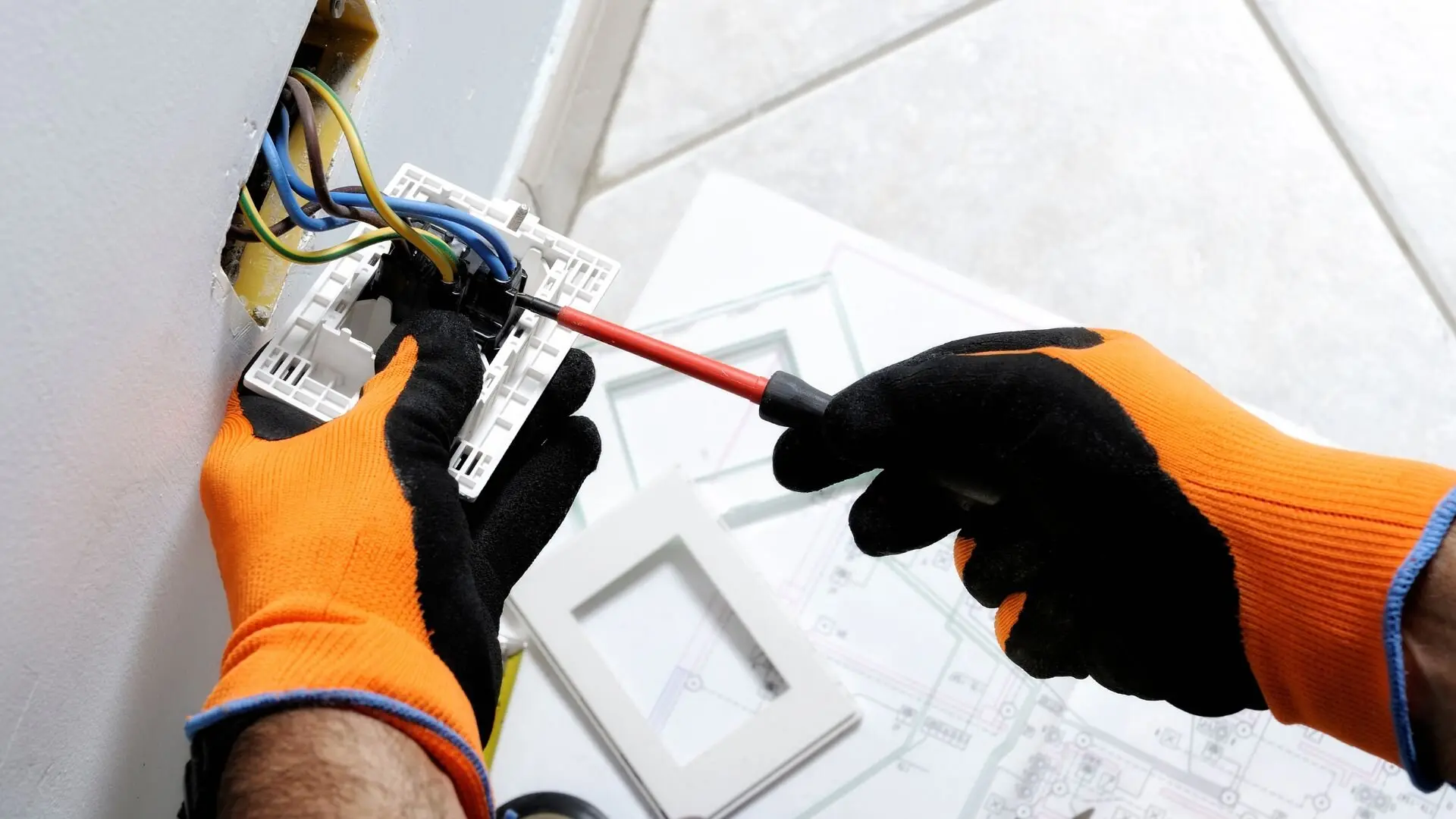
Get your free Melbourne Electrician quote today!
Our team of Melbourne Electricians is here to help you with any questions or concerns you may have. We’re committed to providing you with the best possible service and support.
Flickering lights or buzzing outlets – electrical problems can be frustrating and a safety hazard. But don’t call an electrician just yet! This guide explains how to identify and fix some common electrical issues yourself to get your home back up and running safely.
Picture yourself settling in for a relaxing night at home when your living room lights start flickering. It’s a mood spoiler, making it hard to read or watch TV. This is just one example of how common electrical issues can turn a peaceful day into a hassle.
Dealing with electrical issues at home isn’t just annoying; it’s genuinely dangerous.Problems like faulty wiring, overloaded circuits, and broken outlets can cause fires or electric shocks. If you ignore these issues, you might face costly repairs or even serious injuries down the line.
Here’s some good news: you can handle some minor electrical problems on your own! This guide aims to give you the know-how to spot common issues and guide you through safe DIY fixes. But keep in mind, safety is key. We’ll focus on safety measures, and for anything complex, we’ll advise you to contact a licensed electrician.
Identifying Common Electrical Issues
Have you ever noticed your lights acting strangely? Here are some electrical gremlins you might encounter at home, along with their likely causes:
- Flickering Lights: This can be caused by loose bulbs, a faulty switch, or a wobbly connection in the wiring.
- Buzzing Outlets: A buzzing outlet isn’t a good sign. It might indicate loose wiring, a damaged outlet, or a grounding problem.
- Tripped Breakers: Think of your circuit breaker as a safety switch for your electrical system.If a circuit gets overloaded, the breaker trips to prevent overheating and potential fire.
- Faulty Switches: A switch that refuses to work or throws sparks when you flick it is a troublemaker. This could be due to worn-out mechanisms or loose wiring.
Safe DIY Solutions for Common Problems
Now that you’ve identified some common electrical issues, let’s explore a few DIY solutions you can try at home.
Don’t take electricity lightly.Always turn off the power at the switchboard before you start any task, no matter how minor it seems. This simple but crucial step can prevent serious injuries and could even save a life.
Taming Flickering Lights

Another key aspect of electrical safety is avoiding overloading outlets. Each outlet has a specific capacity; exceeding this limit can lead to overheating and potential fire hazards. Resist the temptation to plug in too many appliances or rely on extension cords as a permanent wiring solution. Consult a licensed electrician to discuss safe and code-compliant options if you need more outlets.
Regular inspections of your electrical devices and wiring are also essential for maintaining a safe home. Look for any signs of damage, such as frayed wires or loose plugs, and replace them immediately to prevent electrical hazards.
If you encounter any issues you’re unsure about or require specialised knowledge or tools, don’t hesitate to call the professionals.
Empowered Home, Illuminated Life!
Now, you can identify common electrical issues and confidently tackle simple DIY fixes. Remember, safety is always the priority. Don’t hesitate to call in the experts when faced with a complex problem or unsure about the solution.
WP Electrical is your go-to for emergency electrical services across Melbourne. Our skilled electricians are ready to diagnose and fix any electrical problem, big or small, so your home stays safe and running smoothly.
For professional advice or to schedule a service call, contact WP Electrical today! We’re here to keep your home empowered and illuminated.
Published by: Pascal Harb17 October 2025